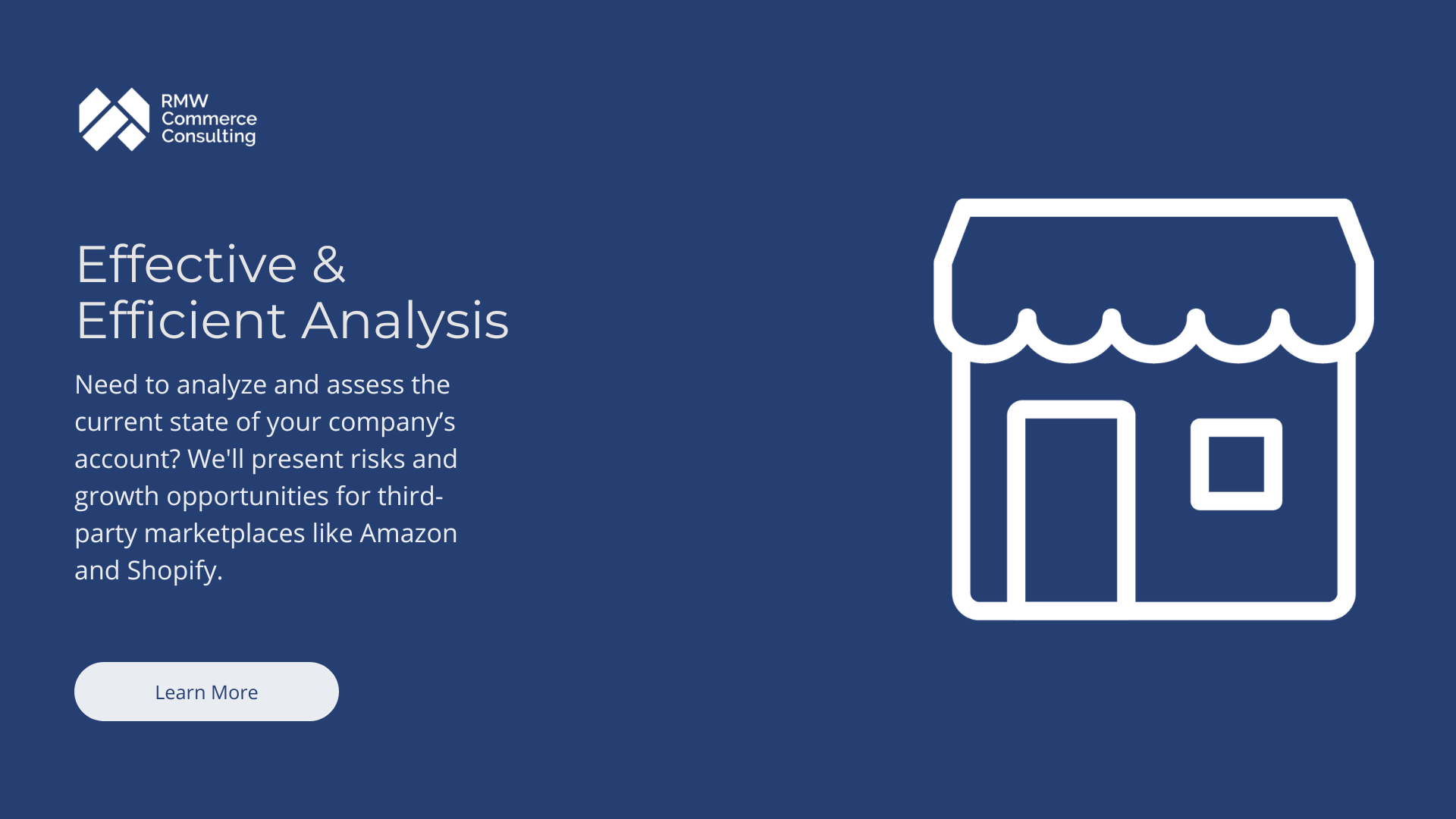How Does Shopify and POS Work In Mexico?
I recently had the experience of working on a client project, launching a luxury beauty brand’s Mexico website using ecommerce platform Shopify (Plus). In addition to supporting the brand’s launch of Shopify POS in their brick and mortar location in Mexico.
Understanding payment processing, POS and credit card terminals in Mexico have been one of the more challenging cases to unravel so I felt compelled to share my learnings.
For clarity purposes, I’d like to be clear that this post is in no form, a complaint against Shopify. Shopify is the leading ecommerce platform for DTC businesses and I personally enjoy launching Shopify sites.
This article is written in October of 2021 and I know many providers are expanding their services to Mexico as we speak, so please do be sure to check if providers mentioned in this article have opened to Mexico.
Shopify eCommerce in Mexico
Does Shopify (Plus) Service Payments in Mexico?
If you are launching a Mexico website using Shopify (Plus) it is first important to know that Shopify’s “Shopify Payments” does not service Mexico.
Shopify has partnered with several payment processing providers that service Mexico. The most well known players include: PayPal Express Checkout, CuberSource, Mercado Pago and Stripe, though for a full list of payment processing providers see here.
In the case of my client project we were recommended by Shopify to use Stripe.
Does Shopify POS Work In Mexico?
My client uses Shopify and Shopify POS across all its sites and brick and mortar locations so our plan for Mexico was to use the same.
But here's the clincher; since Shopify’s “Shopify Payments” does not service Mexico, this means that Shopify’s hardware for in-person credit card processing is not compatible in Mexico.
What we learned is that Shopify’s cash drawer, receipt printer, barcode scanner could be used and that we could still use the Shopify POS system to track sales and inventory - however the most imperative step of all was missing - how do we process credit cards in store?
Shopify Payments in Mexico
Which Payment Processing / Credit Card Terminals Actually Work In Mexico?
Since we integrated with Stripe for the Mexico Ecommerce site we contacted Stripe to see if they had credit card terminals we could use in store, but discovered their product called “Terminal” is not available in Mexico yet.
Stripe did provide a list of apps and extensions that could be used but all that we explored were forms and had no hardware / fraud detection options.
We explored other Credit Card terminal options such as Rapyd and Square but unfortunately these options do not service Mexico either.
We also tried connecting with Mercado Pago but we were unable to reach a sales representative.
We then spoke with PayPal Zettle which was looking like a promising option. Some notes for those exploring PayPal Zettle:
2.23% per transaction
All transactions are the same rate
No monthly or annual rate
$129 for Zettle and there was a promo for $29 for the first reader
Readers use Bluetooth connection - not wifi
Transaction transfers are automatic to your PayPal account. You need to set up an auto transfer from PayPal to your bank.
After weeks of digging around and asking all of our contacts for any advice my client brought on a financial lead in Mexico who was able to shed light on how payment processing is done in-store.
In Mexico, most stores are using bank terminals. The three most popular banks are BBVA, Citi Banamex and Santander. Many US companies go with Citi Banamex because it’s Citi bank and familiarity brings a level of comfort.
There are also non-bank terminal options that are commonly used in Mexico: one is called ConnectPOS and the other is Mercado Pago’s Point Smart. Additionally, PayPal’s Zettle is becoming more widely used.
Since my client banks with Santander we decided to work with Santander on supplying the credit card terminals. Some notes for those considering working with Santander:
They have processed over 800 million transactions
Have over 20K clients
Clients: Marriott, TelMex, etc
Includes: fraud protection, security, reporting
Multi channel platform - terminals, app, call center, chatbox, recurring payments, QR code, MIT card Terminals: chip, tap. PCI communication
Works on 4G and wifi
They tokenize so they don’t store credit card
Another note worth mentioning is that we were told that depending on the bank you work with, the terminals for Amex might be separate from Mastercard, Visa, Discover terminals. This was not our case, , but noting in the event you come across the need to have 2 separate terminals for credit card type.
Have More Questions Regarding Shopify eCommerce in Mexico?
I hope this information is of help to any of those working on Mexico expansion stores both online and brick & mortar.
Please do feel free to reach out if you have any questions. I’m happy to share any details / brainstorm options for those that need help.
For more on Shopify, you might also like:
About the Author:
Jacquelyn Laufer, is an E-Commerce, Digital Marketing, Solutions and Project Management consultant with over 14 years experience specializing in the luxury fashion, beauty and travel industries. Having launched Henri Bendel’s first ecommerce website, Bond No. 9’s second, built online experiences with Estee Lauder Companies, Coty, Edit New York and Blissworld, Jacquelyn is known for helping companies scale their business. Jacquelyn founded e-commerce consulting and project management firm Rebuild Girl, which led the re-platforms for brands such as L’Objet, Anne Klein, Joseph Abboud, Creed Boutique, Floris London, Mizensir Parfums, Hanky Panky and more. Additionally Jacquelyn co-founded thoughtful web design and development agency Driver Digital with partner David Yassky.
Jacquelyn enjoys building consensus, effectively motivating and helping teams hit their mark, defining digital solutions and integrations to help brands grow. She loves making music with her synth electronic band RYAL and most importantly, hanging out with her husband and rescue dog.





